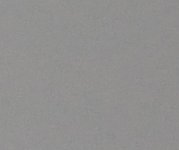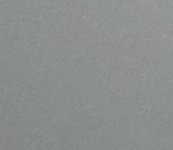I never said better.
Given the same objective size, a higher magnification will project the captured light onto a smaller area (exit pupil). 7X42 (6mm), 8X42 (5.25mm).
Every 42mm OBJECTIVE of equal quality collects the same amount of light.
The exit pupil is the projection of that light and is dependent on magnification.
A 7X42 projects a 6mm exit pupil.
An 8X42 projects a 5.25mm exit pupil.
ALL captured light (ignore losses) is present in the exit pupil. Where else could it be?
If my pupil is maxed out at 5.25mm then the 8X42 is maxed out. It has delivered all the light captured by the 42mm objective.
The 7X42, however, projects a 6mm exit pupil, a portion of which falls outside my 5.25mm pupil. That light is lost to my eye. If and when my pupil expands to 6mm the 7X42 will, like the 8X42, deliver all the light captured by the 42mm objective.
So, given the same objective size (e.g. 42mm), an 8X42 concentrates the light onto an area of 21.64 (sq mm); the 7X42 concentrates the light onto an area of 28.26 (sq mm). Unless you're viewing the entire area (6mm pupil for a 7X42) some light is going to be out of view and therefore unused.
Comparing a 32mm objective to a 42mm is a different story.
Take an 8X32mm and a 10X40mm. Both produce a 4mm exit pupil. Which format delivers more light to the user? Exit pupil areas are equal at 12.56. Objective (light gathering glass) areas, however, are very different: 804 for the 32mm and 1256 for the 40mm. The 40mm objective area is 56% larger than the 32mm objective and, therefore, delivers 56% more light to the 4mm exit pupil than does the 32mm objective. If your pupil is 4mm the 10X40 offers more light for your retina to process.
Aperture rules.
Admittedly, you explain it well and make me uncertain what to respond, but I'm absolutely confident that you must be wrong.
The objective forms a real image, just as when you use magnifying lenses to collect the sunlight to start a fire, or with photo lenses that project the image onto the sensor or film. The eye can't see a real image, it must be projected on the retina by the eye's optical system, and the eye can only handle diverging or parallel beams.
The exit pupil is not a converging projection, it is a flow of mainly parallel and diverging beams in a beam pencil.
Apart from the losses and the magnification, the binocular receives and emits identically parallel beams. It cuts out a slice of all the incident light that surrounds us. Very little is changed.
Suppose you have a 4 mm wide pupil and you look at a huge wall (those have gained an unexpected raise in popularity recently

), and that's the brightness benchmark. The observation distance is irrelevant, but I'm thinking a big, fat freaking grey wall covering the entire visual field.
If then you take a 20" telescope, choose an eyepiece yielding a 4 mm exit pupil with the scope and look at the wall, will it appear immensely bright?
Really? Or if I take my new 12x50's to look at the overcast sky tomorrow, will it appear considerably brighter than with the naked eye? I don't think so.
Now, if you punch a 4 mm wide hole through a black paper, thoroughly centering it in front of your eye, look at the wall. The brightness of the wall will obviously not change. It's just a hole, no optics. But there's an infinitely large imaginary "front aperture" involved, which would make the system melt down, not?
Finally: What's your explanation to the brightness formula which entirely depends on the (squared) exit pupil size, i.e. the exit pupil's area?
It does not favourise front aperture at all. A too big exit pupil does not mean light lost. A too small one does.
//L







